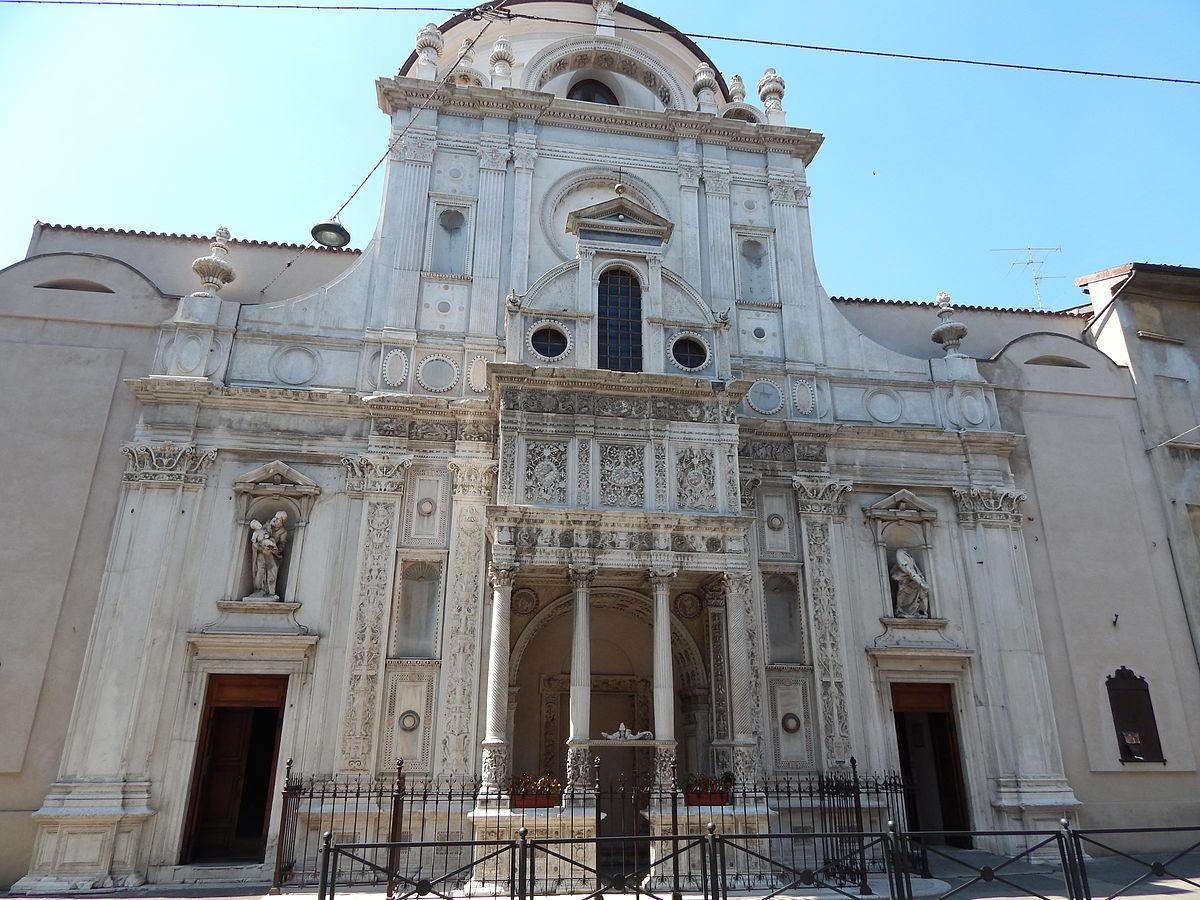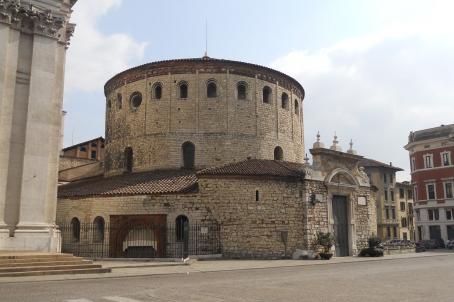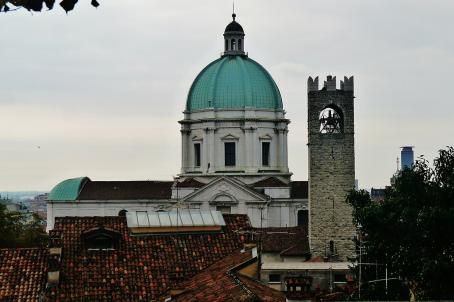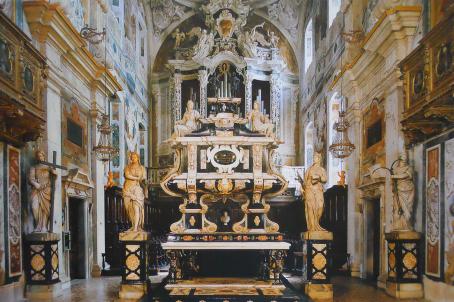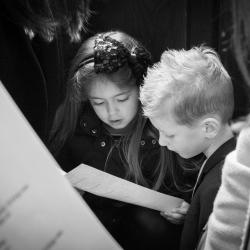Church of Santa Maria dei Miracoli
The church of Santa Maria dei Miracoli was built between 1487 and 1490, its magnificent carved façade was finished a little later in 1500. The walls and vaults of the church are also frescoed and stuccoed by different authors. Most of the murals were destroyed during the Second World War, when the building was severely damaged by bombardments that miraculously did not affect the facade and the precious sculptures of the first dome. In the following years, the sanctuary was rebuilt respecting the original building.
